Leading market players are spending a lot of money on R&D to increase their product lines, which will help the cage free eggs market grow even more. Market participants are also taking a range of strategic initiatives to grow their worldwide footprint, with key market developments such as new product launches, contractual agreements, mergers and acquisitions, increased investments, and collaboration with other organizations. Competitors in the cage free eggs business must offer cost-effective items to expand and survive in an increasingly competitive and rising market environment.
One of the primary business strategies adopted by manufacturers in the cage free eggs sector to benefit clients and expand the market sector is to manufacture locally to reduce operating costs. In recent years, cage free eggs business has provided medicine with some of the most significant benefits. The cage free eggs inustry major player such as Cal-Maine Foods Inc. (U.S.), Kuramochi Sangyo Co. Ltd. (Japan), Midwest Poultry Services L.P.(U.S.), Weaver Brothers Inc. (U.S.) and others are working to expand the market demand by investing in research and development activities.
Unilever plc is a multinational British consumer goods corporation headquartered in London, England. Food, condiments, bottled water, baby food, soft drink, ice cream, instant coffee, cleaning agents, energy drink, toothpaste, pet food, pharmaceutical and consumer healthcare products, tea, breakfast cereals, beauty products, and personal care are all products manufactured by Unilever. Unilever is the world's largest soap manufacturer, with products sold in over 190 countries. Unilever is divided into three segments: Meals and Drinks, Home Care, and Beauty & Personal Care. It has R&D centers in China, India, the Netherlands, the United Kingdom, and the United States.
In November 2021, Unilever has stated that by 2030, it intends to source 100% cage-free eggs from around the world. In addition to the company's current commitment to transition all of its European and North American supply chains to 100% cage-free eggs, an updated timeline for its commitment was revealed.
Charoen Pokphand Foods Public Company Limited, part of the Charoen Pokphand Group, is a Thai agro-industrial and food conglomerate. It is the world's largest producer of feed and shrimp, as well as a top three producer of chicken and pork. Roughly 64% of its revenue comes from international operations, 30% from its home market of Thailand, and 6% from export operations. It recently paid $1 billion for Bellisio Foods, one of the top frozen food suppliers in the United States, as well as Westbridge Foods, a major British chicken manufacturer with a revenue of more than £340 million.
In July 2020, Charon Pokphand Foods (CP Foods), a Thai agribusiness conglomerate, has announced plans to double cage egg production to 10 million in order to promote ethical food choices in Thailand and its export markets. The company began cage-free production at its laying hen farm in Saraburi province, operating in a controlled environment to ensure high biosecurity and avoid contamination.
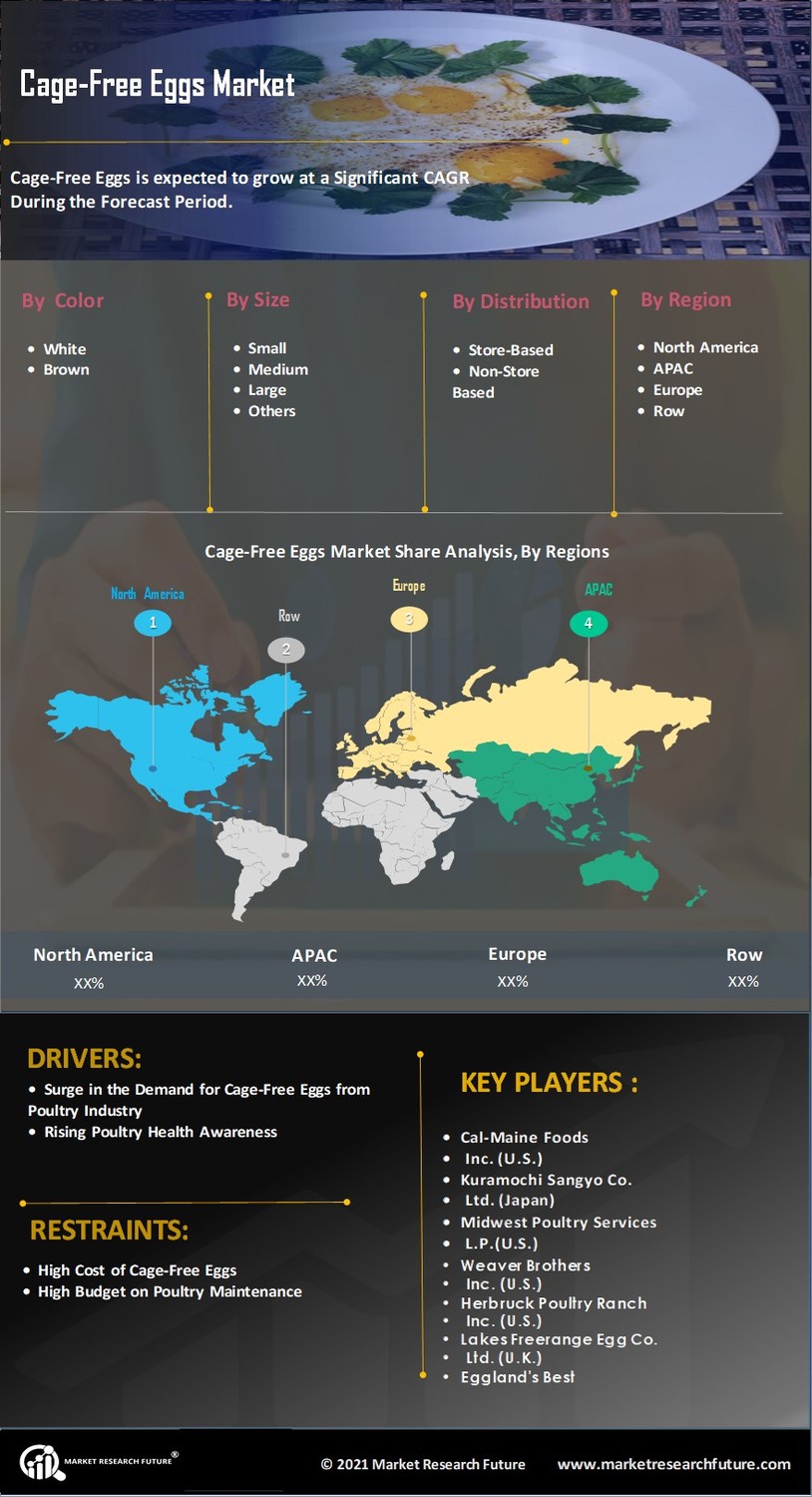

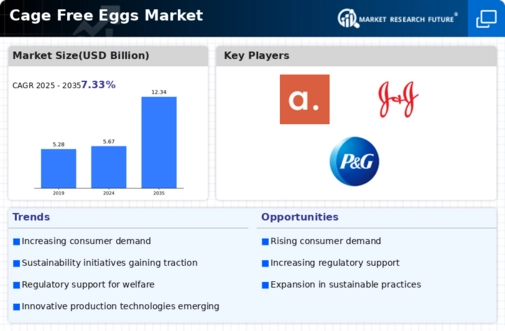
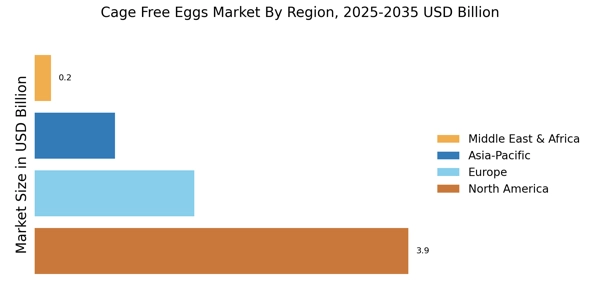
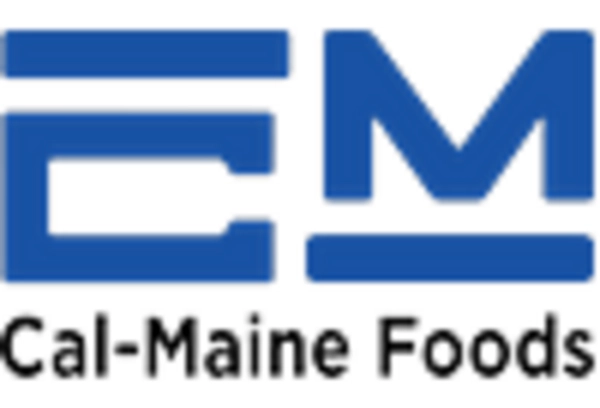
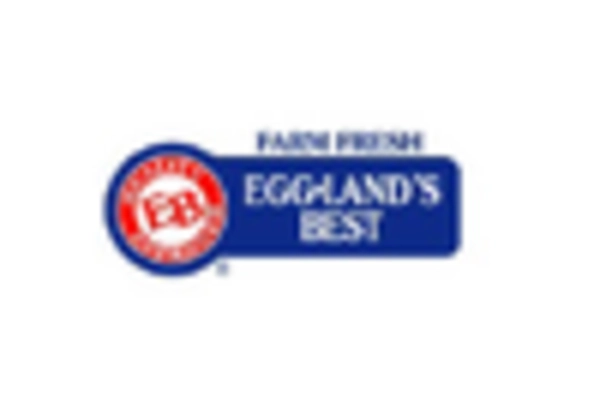
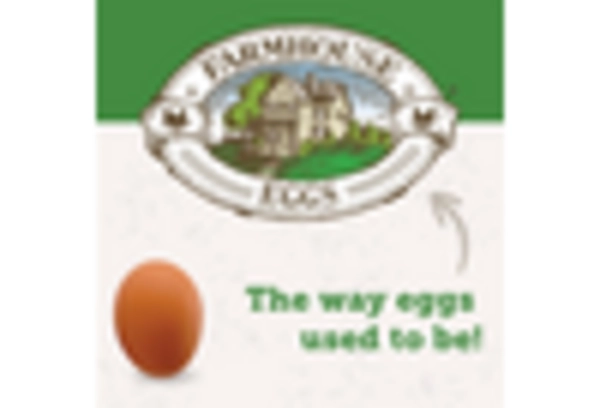
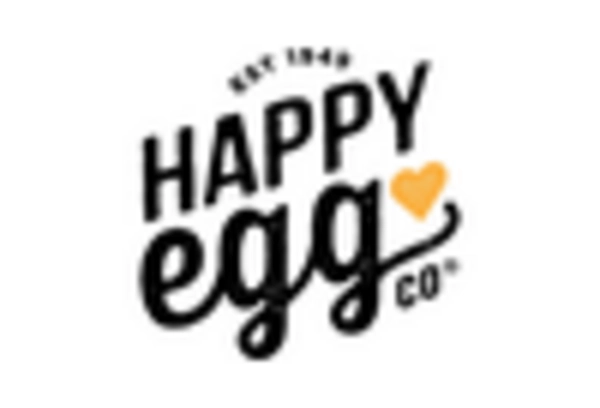
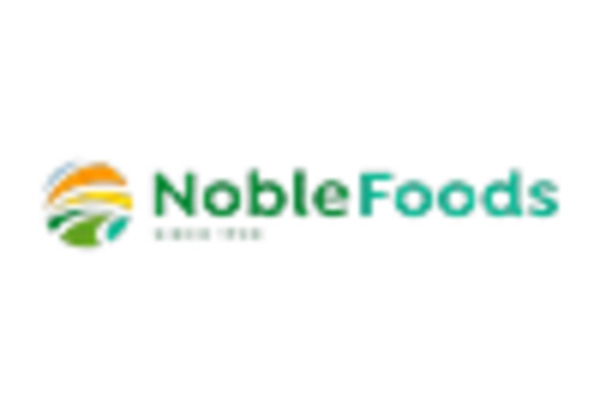
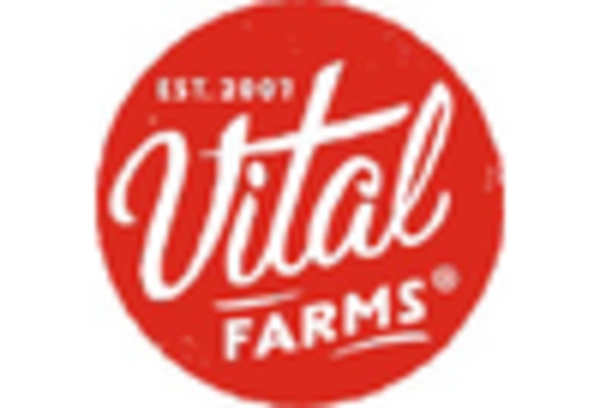








Leave a Comment